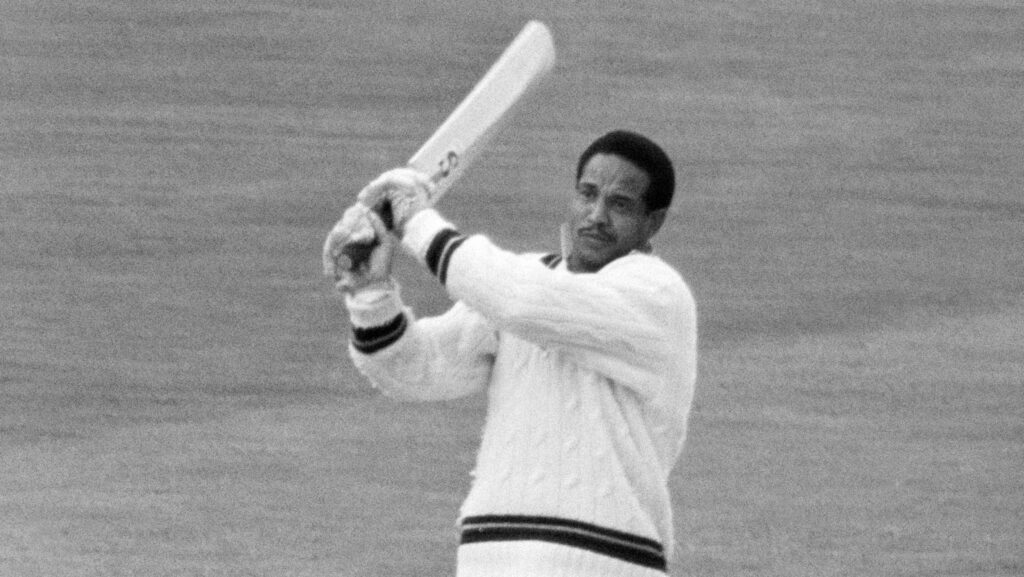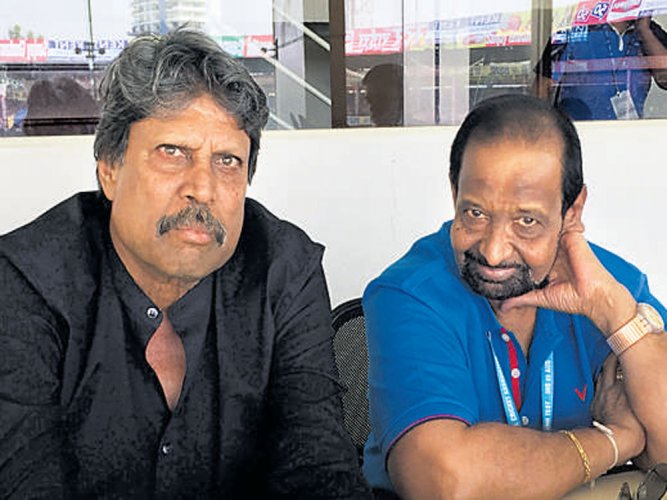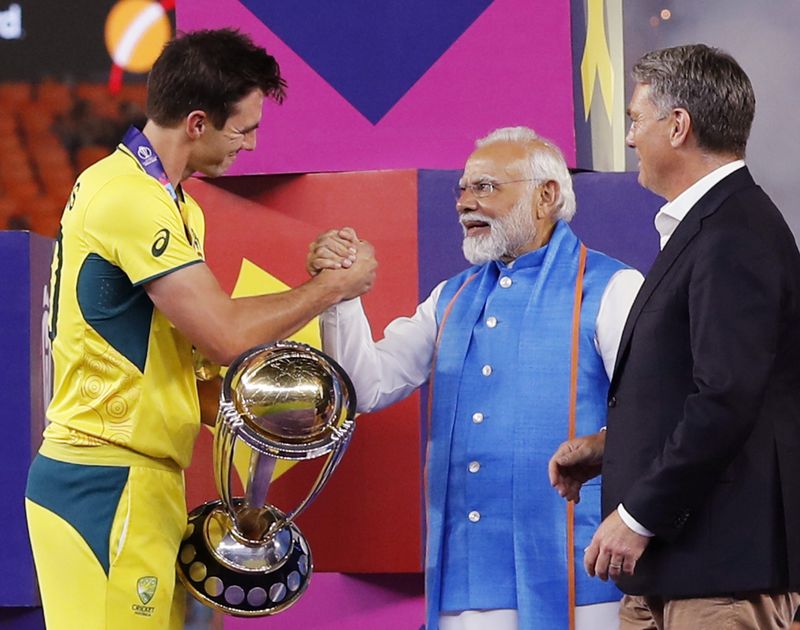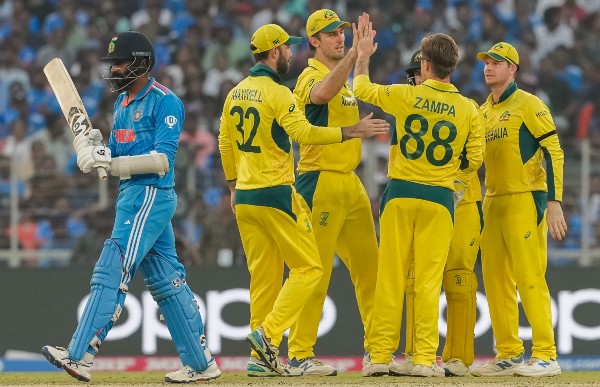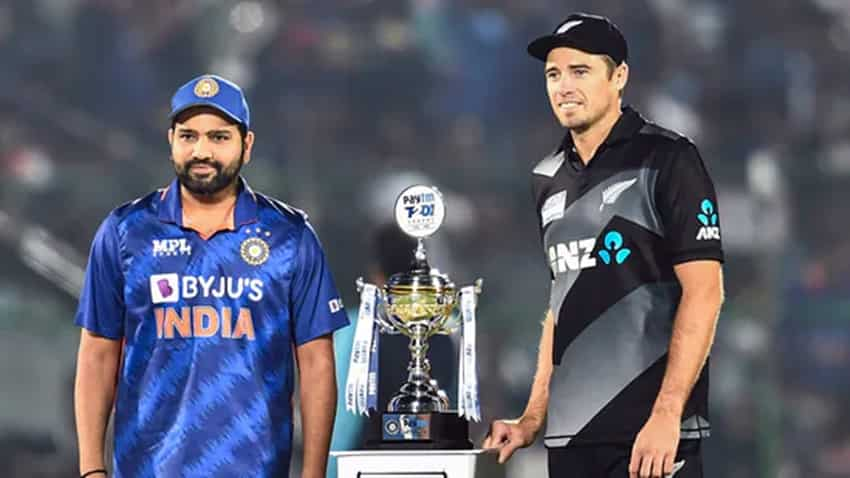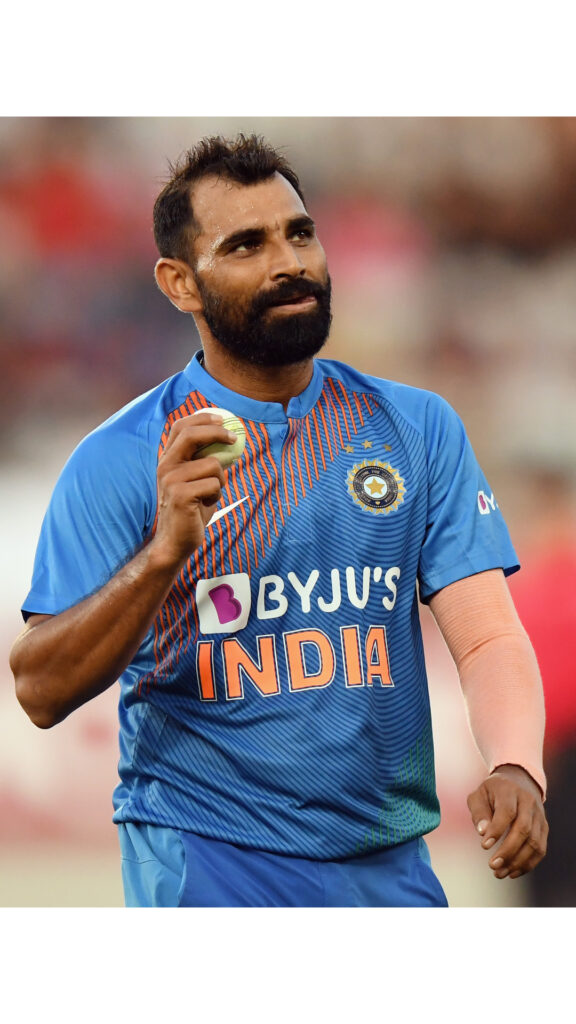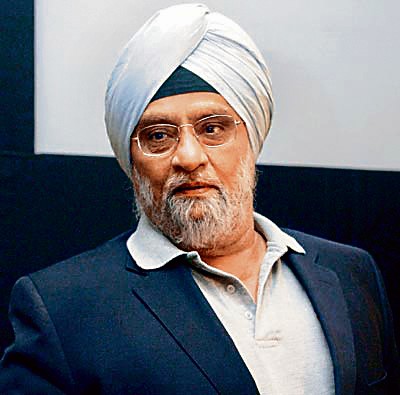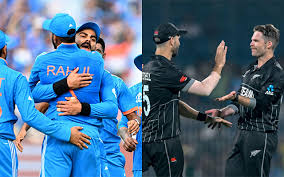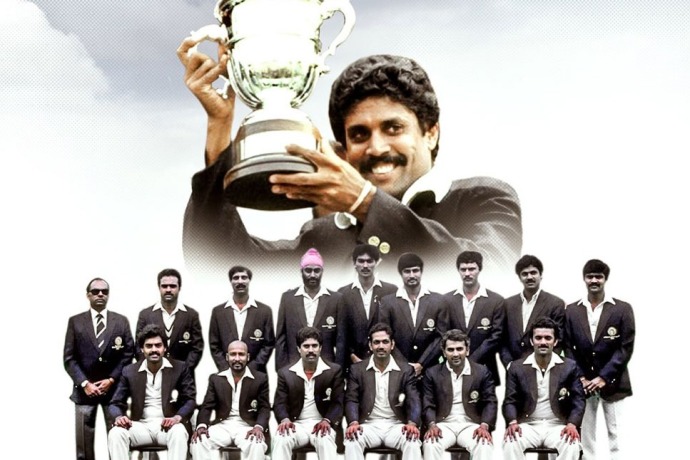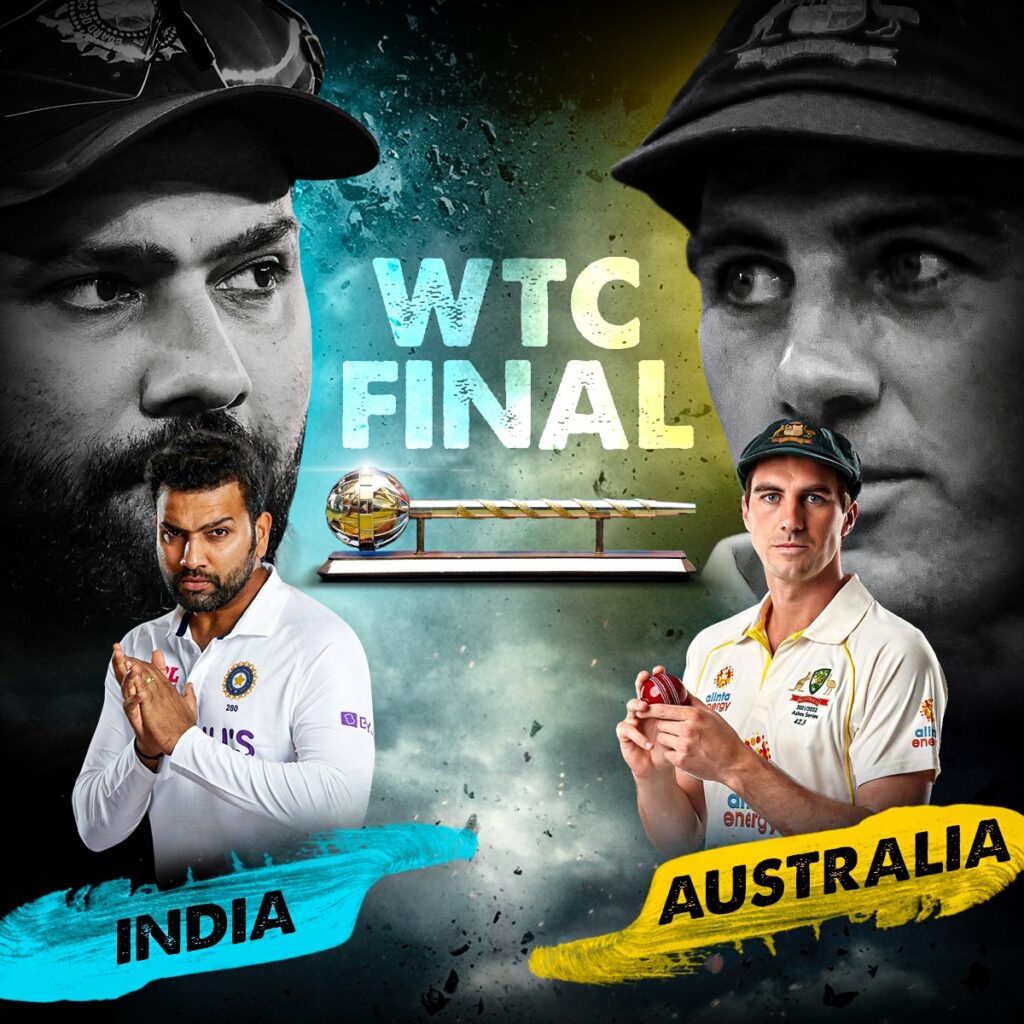INDIAN CRICKET LEGACY – KAPIL DEV HANDING OVER BATON TO HARDIK PANDYA
By Sunil Sarpal

Hardik Pandya Kapil Dev
When cricket is discussed on any forum, it is impossible to overlook the name of Kapil Dev, such is his indelible aura and standing in Indian cricket. He was the original captain cool to have lifted one-dayer trophy in 1983 at Lords, England. On way to winning the trophy, a number of players contributed significantly but Kapil’s 175 against Zimbabwe was the stand out performance.
Kapil Dev in his hey days was supremely fit and athletically built all-rounder. He was known for his banana out-swing for right hand batsman. It foxed the batsman by the curve it generated. Kapil could also generate height from the wicket to unsettle the batsman. He was India’s wrecker-in-chief and the lone hope in fast bowling. Apart from bowling, he was a reliable batsman too. He was in the mold of a genuine all-rounder for India. Being supremely fit, he never missed a match due to injury in his entire career. In his illustrious career, he played some of the memorable innings with bat to bail out India from the difficult and ignominous situations.
On the other hand, Hardik Pandya is a present day all-rounder in the making. Will he fit into the bill of Kapil Dev is a million dollar question ? India’s hopes do not rest on Pandya’s shoulders, as was the case with Kapil.
Pandya is an attacking batsman with the ability to hit sixes at will. Pandya is a modern-day batsman, unlike Kapil whose aggression was restraint in nature. Pandya’s medium pace bowling is not as lethal as was the case with Kapil. India could rely upon Kapil as a front line bowler whereas Pandya always comes in the slot as fifth bowler in one-dayers variety. In case of Pandya, he carries the reputation of being tagged as injury prone. First, he had back injury which kept him away from active cricket and now he twisted his ankle in ICC trophy.
If an assessment is made between Kapil and Pandya in terms of physicality, Kapil was streets ahead in comparison with Pandya. At times, some kind of fatigue was visible on his face when bowling long spells or in humid conditions.
Both Kapil and Pandya played the game of cricket in different eras. Pandya is the all-rounder in the making in modern cricket. His slam bang batting is more suited to T-20 format.
Pandya should not show much athletic skills on the field which results in his succumbing to injury frequently.. He needs to preserve his energy so that whenever is called upon to bowl, he is able to deliver the goods.
In batting too, Pandya relies heavily on airy-fairy shots. He need not indulge in high-risk shots. He needs to curb his instincts to hit every ball over the ropes. Pandya should evolve his batting in such a manner so that more often he plays cricketing ground shots and lift the ball when it falls in his zone. Pandya’s intent is to slog and not to bat in restrained manner.
Pandya is still to establish himself as a reliable and genuine all-rounder. A long way forward but he should guard against his fragile frame much more seriously.
In a recent development, Hardik Pandya has been bestowed with the responsibility to lead Mumbai Indians IPL franchise. He will replace Rohit Sharma under whose leadership the Mumbai Indians have won the IPL five times. Rohit’s form with the bat has gone down a few notches, hence, this change in leadership. Hardik led the newly formed Gujarat Titans in the last IPL and won a trophy for them. Hardik’s rise in stature will open new avenues for him to become India captain in the future.

